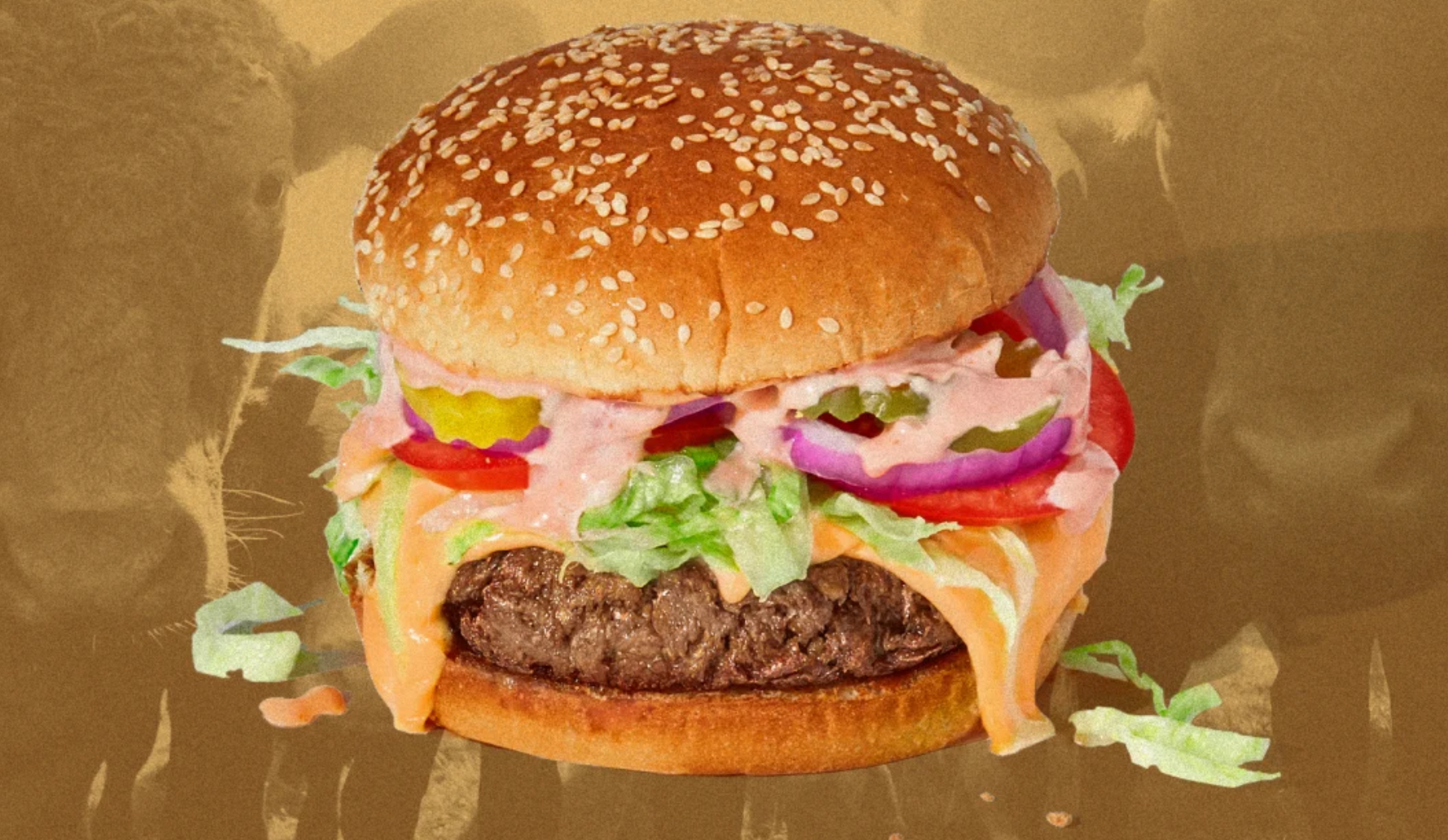We’re becoming increasingly aware that to avoid calamitous effects from climate change by 2030, and to secure enough food and water to sustain the nearly 10 billion people expected to inhabit the planet by 2050, we need to move away from a meat- and dairy-intensive diet. As plant-based alternatives, such as the Impossible Foods burger shown above, gain more attention and eating beef becomes increasingly problematic, it is flexitarians — those who choose to eat less meat and dairy — who represent the most promising pathway forward to sustainable eating.
However, for people to shift their eating habits away from meat and dairy, there need to be appealing options to which to turn. Choices only become solutions if they exist, and the sharp rise in the consumption of significantly more environmentally-friendly, plant-based options (they use much less water and land, emit far fewer GHGs, require no antibiotics or animal suffering) indicates this is becoming a reality.
The “gateway drug” to this new way of eating has turned out to be plant-based milks which are now being purchased by 48% of people in the US. Demand is also being fueled — and met — by tasty, plant-based meat alternatives produced by companies such as Impossible Foods and Beyond Meat among others.
Charts show US figures
Success on the scale required to meet the challenges posed by climate change and food security can never depend on the niche markets of vegan or vegetarianism (typically around 10% of populations measured). Instead, plant-based foods will need to go mainstream by appealing to the mass market. This is where flexitarians come in, a segment that is showing rapid growth and the potential to be a huge market. In recent surveys, 33% of people identified as flexitarian in the UK and US (including 63% of US millenials), and approximately 20% in Canada. As fears concerning the effects of climate change continue to mount, not to mention other growing threats to human health such as antibiotic resistance (see Blog, March 1), the demand for plant-based foods can only be expected to rise.
There is also an accelerant waiting in the wings. It goes by a variety of names — clean meat, lab meat, cell-based meat — but for those who cannot imagine life without meat, in addition to most flexitarians who don’t want to give it up entirely, this is an option that may give the largest number of people the best of all worlds. The general concensus is that meat grown from animal cells in a laboratory setting is still a few years away from appearing on supermarket shelves. However, with a much lighter carbon footprint (assuming labs are powered by green energy), no hormones or antibiotics, this may be the most palatable option for the largest number of people.
The potential for this is supported by a recent, peer-reviewed study of 3,000 participants from China, US and India, published in Frontiers in Sustainable Food Systems, which showed there is already consumer demand for new methods of meat production in some of the most populous countries on Earth. Specifically, 33% of US respondents, 62% from China and 63% from India said they were “very or extremely likely to purchase plant-based meat regularly”; and 30% of US respondents, 59% from China, and 49% from India, said they were “very or extremely likely to purchase clean meat”. Those numbers can be expected to grow as the product becomes available.
Spearheaded by flexitarians, the vital ingredients are emerging for an entirely new food system essential to preserving life as most of us are fortunate enough to enjoy it.
Sign up below to receive “Planet Friendly News” each month.


